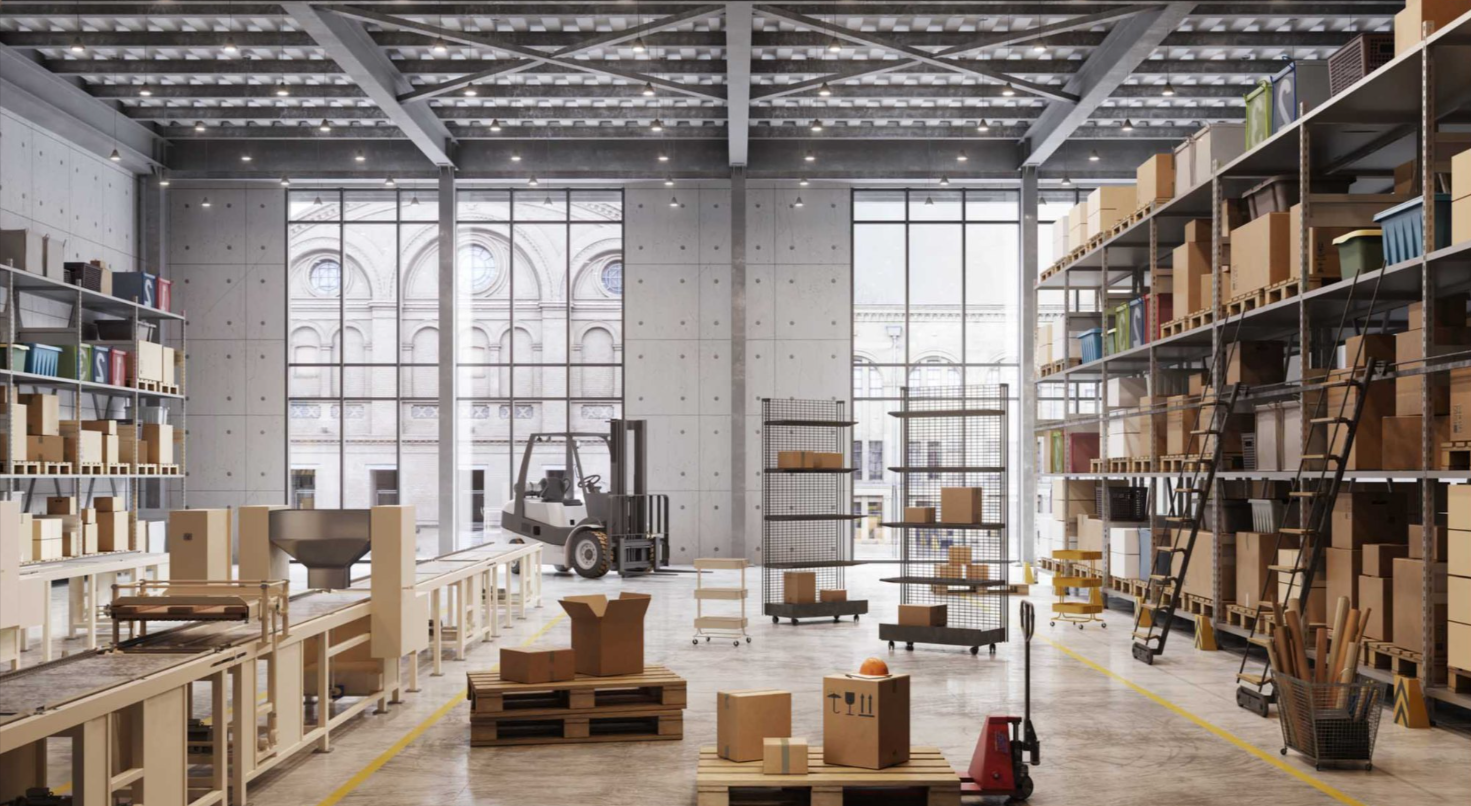As Bangalore emerges as a powerhouse of e-commerce, logistics, and light manufacturing, the demand for smarter and more agile warehouse spaces is on the rise. But with increasing operational complexity, simply having more square footage is no longer enough—intelligent warehouse interior design is the real game-changer.
Welcome to the era of Smart Warehousing: where spatial layout, AI integration, and future-focused design work hand-in-hand to transform warehouses into high-performance hubs.
Why Smart Warehousing Matters in Bangalore
With its unique blend of tech-savvy businesses, startup culture, and industrial growth corridors like Peenya and Bommasandra, Bangalore presents both a challenge and an opportunity for modern warehouse design. The space must support:
- High SKU diversity and fast inventory turnover
- Real-time inventory tracking and automation
- Rapid last-mile logistics
- Future scalability
This calls for a strategic blend of layout optimization and digital intelligence—precisely what smart warehousing offers.
Part 1: Optimizing Warehouse Layout for Efficiency
- CPU-Inspired Zoning
Modern warehouse layouts are taking cues from the way CPUs manage data:
- Receiving (Input), Storage (Processing), and Dispatch (Output) zones are logically segmented to minimize cross-traffic and maximize flow.
- Fast-moving goods (A-items) are placed closest to dispatch, while slow-moving goods are stored deeper in the warehouse.
This “CPU-style” functional zoning improves operational speed and reduces manual fatigue.
- Vertical Optimization
In urban areas like Bangalore, land is expensive. Maximizing vertical space is essential:
- Use multi-tier racking systems.
- Consider mezzanine floors for packing, sorting, or office functions.
- Design lighting and HVAC to accommodate tall stacks while maintaining energy efficiency.
- Dynamic Aisle Design
- Maintain optimal aisle widths based on the type of equipment (manual trolleys vs. forklifts vs. AGVs).
- Use narrow-aisle or very narrow aisle (VNA) systems with guided vehicles for maximum space utilization.
- Modular Infrastructure
- Design modular racking, walls, and workstations that can be reconfigured as the business scales or shifts focus.
- Create future-ready zones that can accommodate automation later, even if they’re not fully equipped today.
Part 2: Embracing AI in Smart Warehousing
- AI-Powered Inventory Mapping
Artificial Intelligence can analyze historical data to:
- Predict SKU demand, suggesting optimized storage locations.
- Reduce walking time for pickers using heat maps of item popularity.
- Design the layout algorithmically, simulating thousands of storage/retrieval scenarios.
- Robotics Integration
Designing for robots involves:
- Clear, obstruction-free paths.
- Charging stations.
- Safety zones for human-machine interaction.
Robotic pickers, sorters, and AGVs (Automated Guided Vehicles) are already becoming standard in new-age Bangalore warehouses—the interior must be built to support them.
- Sensor Networks & IoT
Smart sensors monitor:
- Shelf weight (for inventory levels)
- Air quality (especially in food/pharma warehouses)
- Equipment usage (for predictive maintenance)
The design must incorporate structured cabling, IoT nodes, and unobtrusive placement of devices.
- Energy & Climate Control Automation
AI-driven systems can:
- Adjust lighting and temperature based on time of day or occupancy.
- Monitor HVAC performance for energy efficiency.
Designers should integrate smart panels and automated blinds or vents into the architectural plan.
Bangalore-Specific Considerations
- Traffic-Proof Dispatch Design: With Bangalore’s unpredictable traffic, warehouse layouts should allow rapid, time-bound dispatch loading.
- Rain-Resilient Docking: Monsoon-ready designs with covered loading zones, non-slip flooring, and high-drainage points are crucial.
- Zoning Compliance: Smart warehouses need to be designed with Bangalore’s BBMP and KIADB zoning and fire safety rules in mind.
Conclusion: Design for Agility, Scale, and Intelligence
Smart warehousing isn’t just about automation—it’s about designing intelligence into space itself. By fusing optimized layouts with AI-ready infrastructure, Bangalore businesses can future-proof their logistics operations and stay ahead in a highly competitive landscape.
At Design Arc Interiors, we blend architectural expertise with the latest technology insights to create warehouses that think and evolve with your business. Whether you’re scaling an e-commerce operation or optimizing industrial logistics, we’re here to design the next generation of intelligent warehouse spaces.






